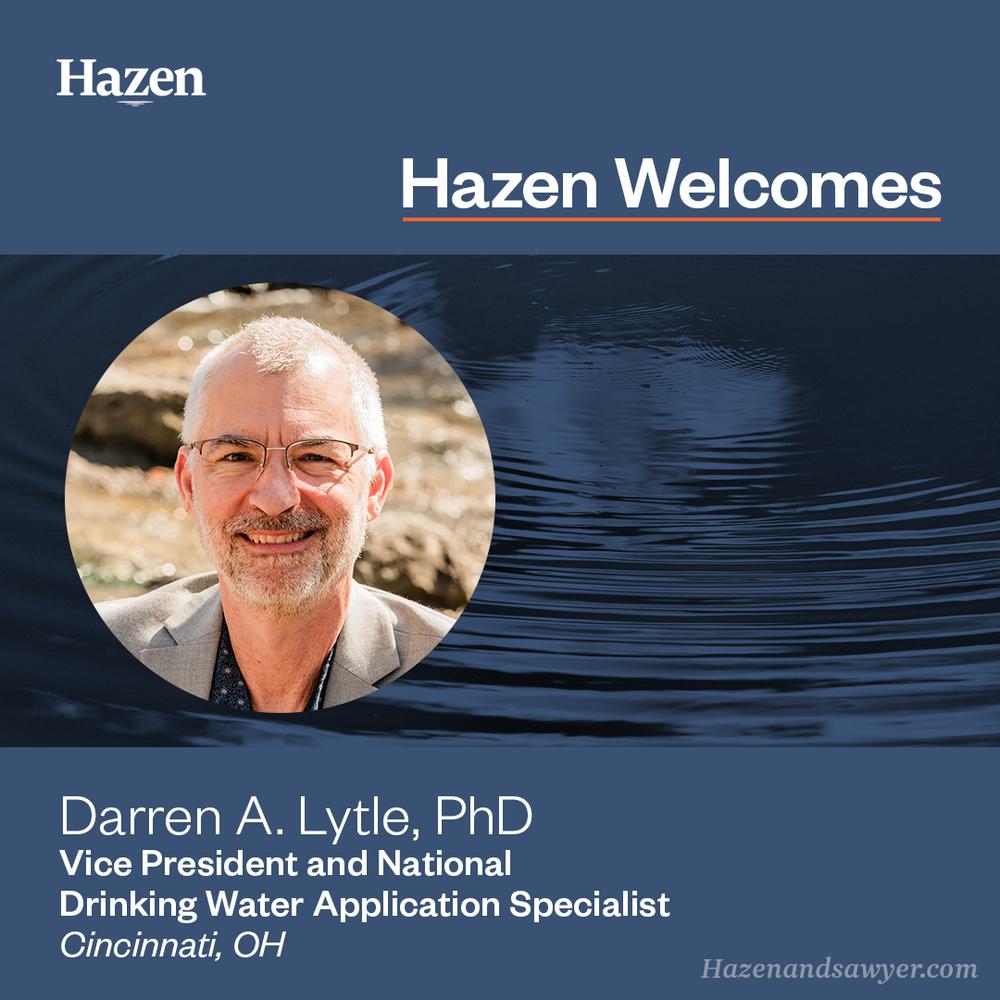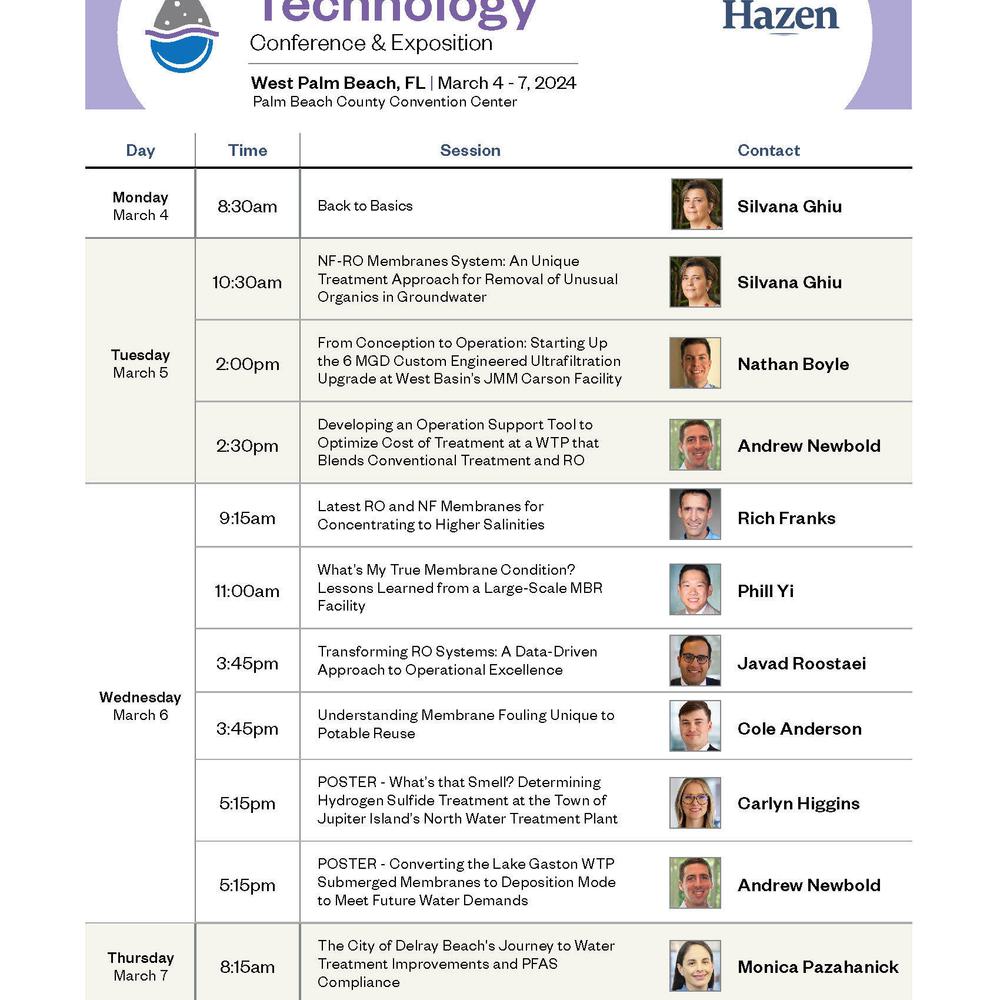New York City Prepares for Filtration
Planning for Treatment of the World’s Largest Drinking Water Supply
Last Modified Jul 08, 2022
New York City Department of Environmental Protection (NYCDEP) has been operating under a Filtration Avoidance Determination (FAD) issued by United States Environmental Protection Agency for its Catskill/Delaware (Cat/Del) water supply system since 1993. The original 1993 FAD required the City to plan for filtration through an extensive piloting and design program. A recent 2017 renewal of the FAD outlines the conditions which New York City must meet to maintain filtration avoidance for its Cat/Del water supply system for the next 10 years. One of these conditions requires New York City to conduct a new comprehensive review of filtration methods and technologies to develop a conceptual design for a filtration facility, taking into account changes in system operation, water quality and regulations since the original concept was developed over 20 years ago. Similar to earlier FAD requirements, completing facility planning as part of this study would minimize the time required to commence filtration in the event it is determined filtration is necessary.
During previous pilot studies conducted in the mid-1990s, ozone-direct filtration was selected as the most appropriate process for a Cat/Del water treatment plant. NYCDEP is taking the initiative to reevaluate the most appropriate alternatives since much has changed in the past 20 years; including regulations, infrastructure changes, advances in treatment technologies, climate change and extreme weather events, and environmental threats.
This project consists of two phases of pilot studies (i.e., planning/bench-testing and pilot testing). The project team has completed the planning to identify alternative treatment process trains based on the application of feasible technologies and unit processes. A broad spectrum of water treatment technologies were evaluated during the planning study to determine their suitability for the Cat/Del water supply and non-feasible technologies were eliminated from further consideration. Decision Criteria Plus was used as a screening tool to compare the alternative treatment trains for potential bench and future pilot-scale testing.
Bench-scale testing (Task 1) is currently being conducted to evaluate relative performance of proposed unit processes and to evaluate chemical dose ranges required for coagulants and oxidants. Pilot testing (Task 2) will be conducted on the process trains recommended in the planning studies and further screened through bench-scale testing to optimize performance and develop design criteria loading rates.
Processes being evaluated include ozone/high-rate direct filtration, ozone/biological filtration, membrane-based treatment, advanced oxidation, MIEX, dissolved air flotation, plate settlers, and others. The selected process will need to fit within an existing site and within the available hydraulic grade profile.









